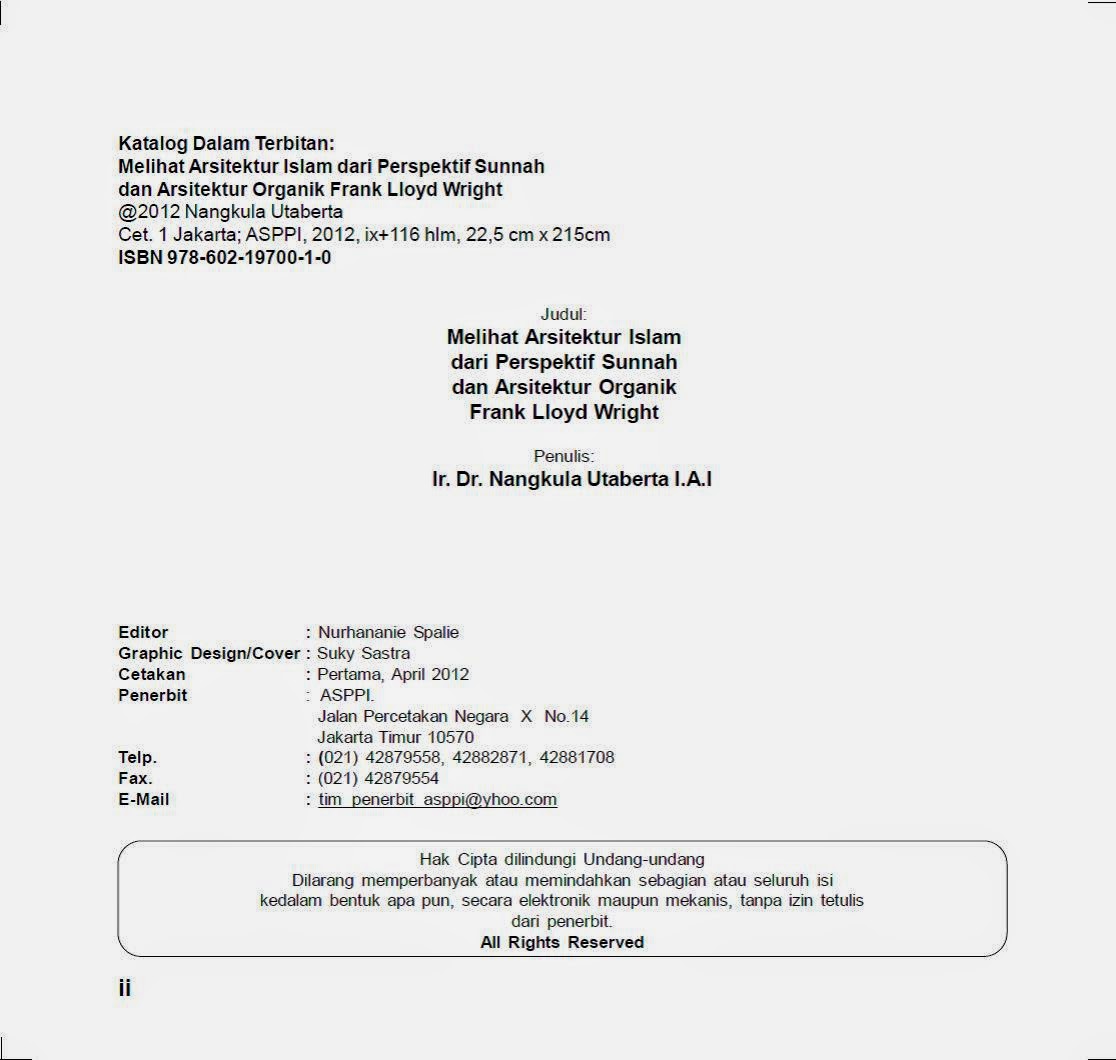“REDEFINING YOUR ‘GREEN” Approaches in Research,
Design and Project”
An
Integrated Approach from Science, Engineering, Built Environment and Social
Science Perspectives.
Dear
Professors, Researchers, and Practitioners,
We
are pleased to invite you to submit your research papers to the International
Conference on Science, Engineering, Built Environment and Social Science (ICSEBS
2014) entitled “Redefining Your ‘Green’ Approaches in Research,
Design and Project” to be held in the Island of Bali,
Indonesia from November 24th to November 27th 2014.
The 2014
International Conference on Science, Engineering, Built Environment and Social
Science ICSEBS will be an excellent opportunity for all expert, academician,
practitioner and researcher in the field of Science, Engineering, Built
Environment and Social Science to discuss and debate on the topic of
environmental science, green technology, political, economic and socio-culture
in order to produce an impactful contribution to the environment, community and
profession they are serving.
All
registered papers in ICSEBS 2014 will be upgraded for World
Applied Science Journal (WASJ)- (Journal not just proceedings) which
is indexed by SCOPUS. The organizing committee of the Conference
has been preparing a full and interesting agenda for the four
days of the conference programme.
Submission
must be original and should not have been published previously or be under
consideration for publication while being evaluated for this Conference.
Authors are also recommended to
submit their paper through online system http://Icsebs2014.org/PaperSubmission
The areas
of ICSEBS 2014 are as follows:
1. GREEN
SCIENCE in
Acoustics;
Agronomy; Astronomy; Astrophysics; Bacteriology; Biochemistry; Bio-Statistic;
Biology; Botany; Chemistry; Cosmology; Crystallography; Ecology; Endocrinology;
Entomology; Enzymology; Forestry; Histology; Gerontology; Genetics;
Geochemistry; Geodesy; Geography; Geology; Geophysics; Horology; Hydrology;
Ichthyology; Immunology; Mechanics; Medicine; Meteorology; Metrology;
Mineralogy; Mycology; Neurology; Nutrition; Oceanography; Oncology; Optics;
Pathology; Petrology; Pharmacology; Physics; Physiology; Psychology; Radiology;
Systematics; Seismology; Spectroscopy; Thermodynamics; Toxicology; Virology;
Volcanology; Zoology.
2. GREEN
ENGINEERING in
Information
Technology; Aeronautics Engineering; Biomolecular Engineering; Civil
Engineering; Chemical Engineering; Industrial Engineering; Nanotechnology;
Electrical Engineering, Materials Engineering; Molecular Engineering; Process
Engineering, Environmental Engineering; Geotechnical Engineering; Structural
Engineering; Transport Engineering; Robotics Engineering.
3. GREEN
BUILT ENVIRONMENT (including
Art Humanities) in
Architecture;
Art and Design (Photography & Digital Imaging); Art and Design (Fashion
Design); Art and Design (Ceramics); Art and Design (Industrial Design); Art and
Design (Fine Metal design); Art and Design (Textile Design); Art and Design
(Graphic Design & Digital Media); Green Development; Fine Art; Interior
Design & Furniture Design; Landscape Architecture; Quantity Surveying;
Urban and Regional Planning; Printing Technology; Building Surveying; Project
Management; Contract Management; Building Costing and Management.
4. GREEN
SOCIAL SCIENCE in
Anthropology;
Archaeology; Culture and Heritage; Criminology & Framing; Education;
Geography; History; Indigenous Community; Islamic Study; Islamic Banking;
Islamic Economy; Literature; Linguistic; Management; Psychology; Religious
Study; Sociology.
Proposal
Papers related to other environmental, humanistic value, public interest
and community contribution issues are also welcome.
The
Important dates are as follow:
30th
September 2014 – Deadline for full papers submission
31st October
2014 – Deadline for final registration
24th to
27th November 2014 – The conference date
We are
honoured to invite you to the International Conference on
Science, Engineering, Built Environment and Social Science, ICSEBS 2014.
Registration for the Conference can be done online at the following web link:http://www.Icsebs2014/registration/ For more information or
assistance please do not hesitate to contact us.
Kind regards,
Assoc. Prof. Dr. Nangkula
Utaberta
Chairman of the 2014
Conference Organizing Committee
ICSEBS Conference
Secretariat
E-mail:
icsebs2014@gmail.com



































